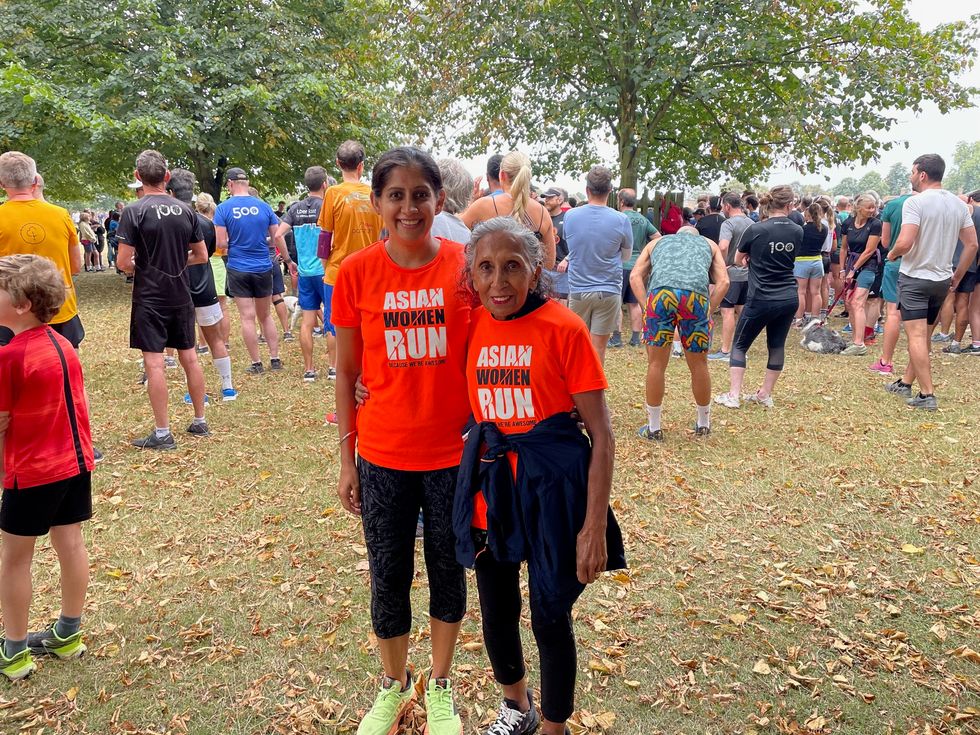INDIA hammered New Zealand by 372 runs to win the second Test on Monday (6), despite the Black Caps' Mumbai-born spinner Ajaz Patel making history with 10 wickets in the first innings.
Indian spinner Ravichandran Ashwin claimed a match tally of eight wickets - and 300th scalp on home soil - as the hosts clinched the two-match series 1-0.
Top-ranked New Zealand, who started day four on 140-5 in their chase of an improbable 540, were all out for 167 before lunch in Mumbai.
Ajaz, a left-arm spinner whose name went up on the Wankhede honours board on Saturday (4) after his perfect 10, stood out with match figures of 14-225 - the best ever by a bowler against India.
"It's a special occasion for me and my family. To be able to do that (10-for) is special," Ajaz said after the match.
New Zealand, who hung on for a draw in the opening match, were undone by their batting after Ajaz's heroics.
They collapsed to 62 all out in their first innings and were never in the chase against India's spin force.
Ashwin, who struck three times in the final session on day three, sent back overnight batsman Henry Nicholls, stumped for 44, as the final wicket.
Jayant Yadav bowled Rachin Ravindra for 18, then struck twice in one over and returned career-best figures of 4-49.
Daryl Mitchell, who top-scored with 60, was the only bit of resistance for the tourists during his fourth-wicket stand of 73 with Nicholls on Sunday (5).
Indian opener Mayank Agarwal made 150 in India's first-innings total of 325 and then top-scored with 62, with the hosts declaring at 276-7 on day three.
India skipper Virat Kohli, who returned to lead the side after he stepped down as national Twenty20 captain and took a short break, lauded the team's "clinical" showing.
"To come back with a win is a great feeling, returning as the captain it was a clinical performance, something we've seen time and again," said Kohli.
"You want individuals to step up, and guys did that. Even the first Test match was good, this was better."
Lost for words
Ajaz remained the lone performer for world number one-ranked New Zealand, the World Test champions after beating India in the title clash in June.
His 14 wickets against India surpassed England fast bowler Ian Botham's 13-106 in Mumbai in 1980.
Ajaz's 10-119 in the first innings brought him into elite company alongside two other bowlers - England's Jim Laker (v Australia in 1956) and India's Anil Kumble (v Pakistan in 1999).
But the 33-year-old's remarkable effort was part of a losing fight.
He nevertheless had a memorable homecoming including taking the big wickets of Kohli and Cheteshwar Pujara for ducks.
"To be honest, I still don't know how to put the 10-for into words," said Ajaz, who was born in Mumbai but moved to Auckland with his parents in 1996.
"I'm trying to absorb it, been flooded with hundreds and thousands of messages. It's overwhelming at the moment."
Ajaz has claimed 43 wickets for New Zealand in 11 matches since making his debut in 2018.
(AFP)


















 The circular structure inspired by jali screens in India
The circular structure inspired by jali screens in India Sophie, Duchess of Edinburgh, at the garden
Sophie, Duchess of Edinburgh, at the garden The couple display their medals
The couple display their medals
 (Photo credit: PTI)
(Photo credit: PTI)